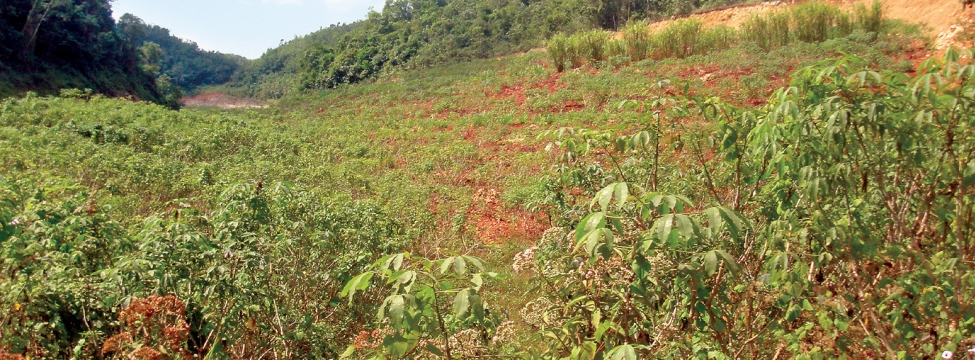Ghana’s world-class gold mining industry is well established. Numerous in-country mine-related regulations and requirements are enforced; however, post-closure requirements are less well regulated and generally only meet the minimum standards required by financiers of the mining operation. Currently, the Ghanaian government is reviewing mine closure standards in collaboration with mining companies, the Ghana Environmental Protection Agency, Minerals Commission, and the Chamber of Mines.
SRK recently updated the closure plans for two gold mines in Ghana and implemented a truly global multi-business practice approach with an experienced team from the UK, South Africa, Australia, North America and Ghana.
Clearly, an update was required for the mine-wide water balances; this information is imperative for developing post-closure land use design. It includes detailed hydrological, hydrogeological, and geochemical studies to meet the volumetric and chemical criteria for sustainable post-closure land use.
Extensive stakeholder engagement was conducted to develop the correct mine closure plans. Stakeholders included locally affected communities, regulators, NGOs and neighbouring mining operations. Using closure strategies, post-closure land uses and objectives, the plans provided the best practicable solution for the local stakeholders. This is particularly important in West Africa where entire communities depend on mining operations. When several mining operations close at the same time, they can have a significant impact on the local communities. Significant economic and social impacts can result if mine closure planning and alternative livelihood strategies are not carefully aligned.
Previous mine closure cost estimates at the operations relied on a unit rate approach. Its calculation uses an area of a facility that requires rehabilitation, without taking into account specific slope angles and topsoil requirements. But the operation’s corporate and site personnel suggested a first principles approach. The global SRK team’s first task involved developing a first principles approach for both operations; significant synergies were achieved (particularly with respect to unit rate and demolition costs) by completing the two projects at the same time. A first principles approach gave the operation’s corporate team confidence in the cost estimates produced for each operation.
The first principles approach and subsequent cost development within the Standardised Reclamation Cost Estimator (SRCE) model enabled the operations to comply with corporate policies and provided robust, defendable cost estimates that could be updated accurately. Several countrywide initiatives are being explored to establish a more standardised approach to mine closure costing.

